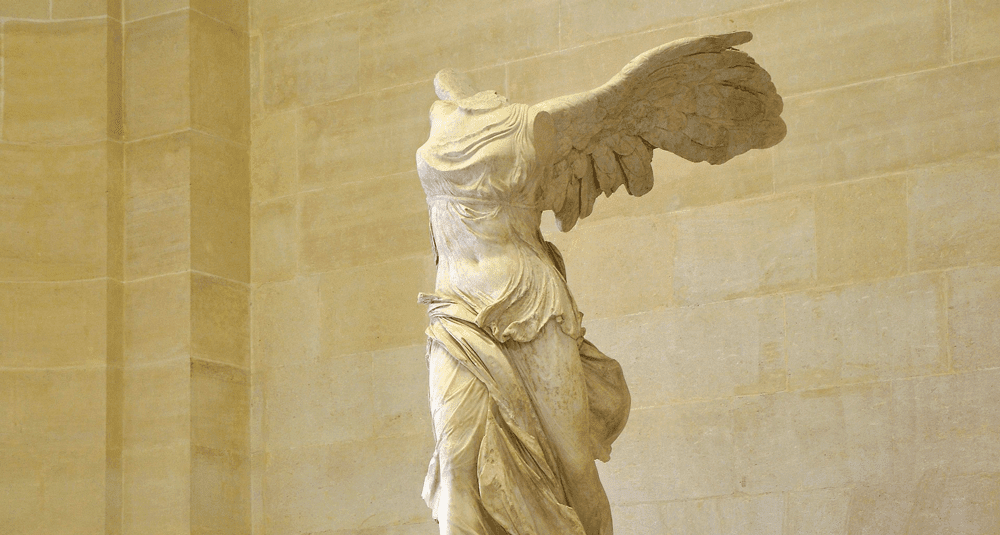Which goddess represents the Victory of Samothrace?
Last Updated:
arts

Which goddess represents the Victory of Samothrace?
Answer
The Victory of Samothrace is a monument of Greek sculpture from the Hellenistic period found on the island of Samothrace. It consists of a statue of the goddess Nica, whose head and arms are missing, and its base in the shape of a ship's bow. It is on display in the Louvre museum, at the top of the main staircase.